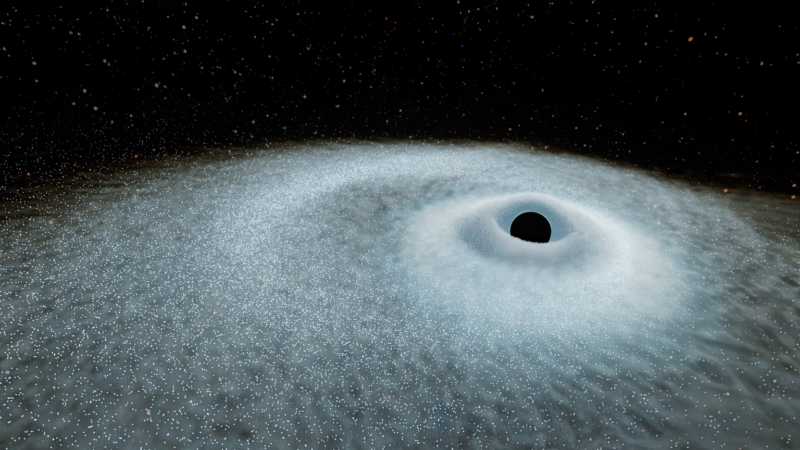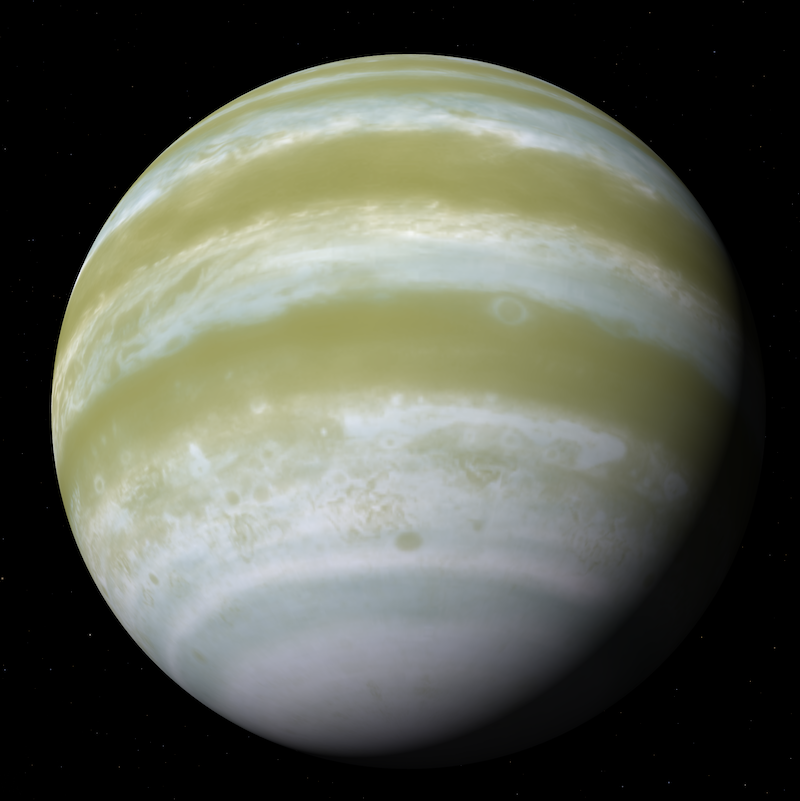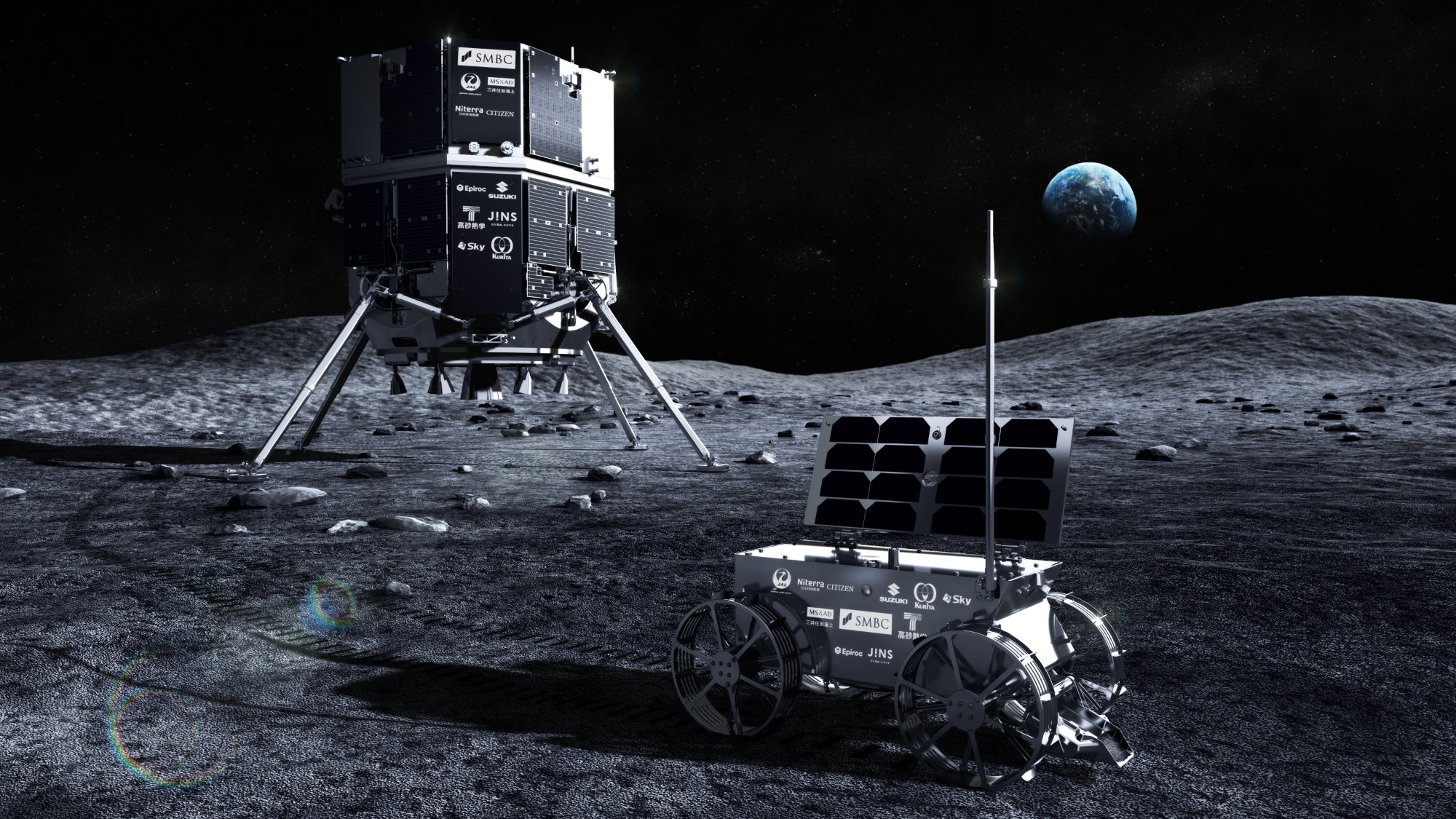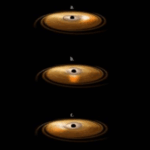Now Reading: Largest explosions in the universe since the Big Bang
-
01
Largest explosions in the universe since the Big Bang
Largest explosions in the universe since the Big Bang


Largest explosions in the universe since the Big Bang
As the name suggests, black holes are so dark that we can’t see them … unless we catch them snacking on a star. And those stars do not go quietly. When a star gets too close to a black hole, the immense gravity shreds the star, releasing an outpouring of light and energy. Astronomers in Hawaii said on June 4, 2025, that they’ve detected three different stars being devoured by supermassive black holes that released more energy than 100 supernovas. These are the largest explosions since the Big Bang. And astronomers are calling them extreme nuclear transients, or ENTs.
The stars responsible for the extreme nuclear transients are from three to 10 times more massive than our sun. And these aren’t just brilliant but brief flashes. The brightening events last for months to years, helping astronomers see an otherwise hidden part of our universe.
Jason Hinkle at the Institute for Astronomy at the University of Hawaii was the lead author of the new paper. Hinkle said:
These events are the only way we can have a spotlight that we can shine on otherwise inactive massive black holes.
The peer-reviewed journal Science Advances published the new paper on June 4, 2025.

A new class of explosion
Astronomers have witnessed the gravity of black holes ripping stars apart before. They call this a tidal disruption event. In fact, they’ve even witnessed the so-called “spaghettification” of a star, when it’s stretched to bits near a black hole. But these extreme nuclear transient events didn’t compare. Hinkle said:
We’ve observed stars getting ripped apart as tidal disruption events for over a decade, but these ENTs are different beasts, reaching brightnesses nearly ten times more than what we typically see. Not only are ENTs far brighter than normal tidal disruption events, but they remain luminous for years, far surpassing the energy output of even the brightest known supernova explosions.
Watch an animation of an extreme nuclear transient. Video via ESA Gaia mission.
Spotting the largest explosions in the universe
The Zwicky Transient Facility at Caltech’s Palomar Observatory in California detected one of the explosions in 2020. The Gaia mission found the other two in 2016 and 2018. Hinkle said:
Gaia observations don’t tell you what a transient is, just that something changed in how bright it appears to us. But when I saw these smooth, long-lived flares from the centers of distant galaxies, I knew we were looking at something unusual.
Of the three ENTs the astronomers studied, one stood out. Astronomers named it Gaia18cdj. Gaia18cdj emitted 25 times more energy than the most energetic supernovas. In just one year, astronomers observed it radiate the energy equal to the lifetime output of 100 suns.

Providing insight into distant black holes
These extreme nuclear transient events are rare, occurring approximately 10 million times less often than supernovas. But they provide crucial insight into supermassive black holes in distant galaxies. Hinkle said:
These ENTs don’t just mark the dramatic end of a massive star’s life. They illuminate the processes responsible for growing the largest black holes in the universe.
Co-author Benjamin Shappee of the Institute for Astronomy added:
ENTs provide a valuable new tool for studying massive black holes in distant galaxies. Because they’re so bright, we can see them across vast cosmic distances. And in astronomy, looking far away means looking back in time. By observing these prolonged flares, we gain insights into black hole growth during a key era known as cosmic noon, when the universe was half its current age when galaxies were happening places: forming stars and feeding their supermassive black holes 10 times more vigorously than they do today.
These explosive events are doubtless having an effect on the environments at the centers of the galaxies. Hinkle summed up:
That has implications for the environments in which these events are occurring. If galaxies have these events, they’re important for the galaxies themselves.
The stages of an extreme nuclear transient
The following artist’s concepts show the stages of an extreme nuclear transient.






Bottom line: Astronomers have discovered the largest explosions in the universe since the Big Bang. These extreme nuclear transients are massive stars getting ripped to shreds by supermassive black holes.
Source: The most energetic transients: Tidal disruptions of high-mass stars
Via University of Hawaii Manoa
The post Largest explosions in the universe since the Big Bang first appeared on EarthSky.
Stay Informed With the Latest & Most Important News
Previous Post
Next Post
-
 012024 in Review: Highlights from NASA in Silicon Valley
012024 in Review: Highlights from NASA in Silicon Valley -
 02Panasonic Leica Summilux DG 15mm f/1.7 ASPH review
02Panasonic Leica Summilux DG 15mm f/1.7 ASPH review -
 03From Polymerization-Enabled Folding and Assembly to Chemical Evolution: Key Processes for Emergence of Functional Polymers in the Origin of Life
03From Polymerization-Enabled Folding and Assembly to Chemical Evolution: Key Processes for Emergence of Functional Polymers in the Origin of Life -
 04How New NASA, India Earth Satellite NISAR Will See Earth
04How New NASA, India Earth Satellite NISAR Will See Earth -
 05And Thus Begins A New Year For Life On Earth
05And Thus Begins A New Year For Life On Earth -
 06Astronomy Activation Ambassadors: A New Era
06Astronomy Activation Ambassadors: A New Era -
07SpaceX launch surge helps set new global launch record in 2024




















